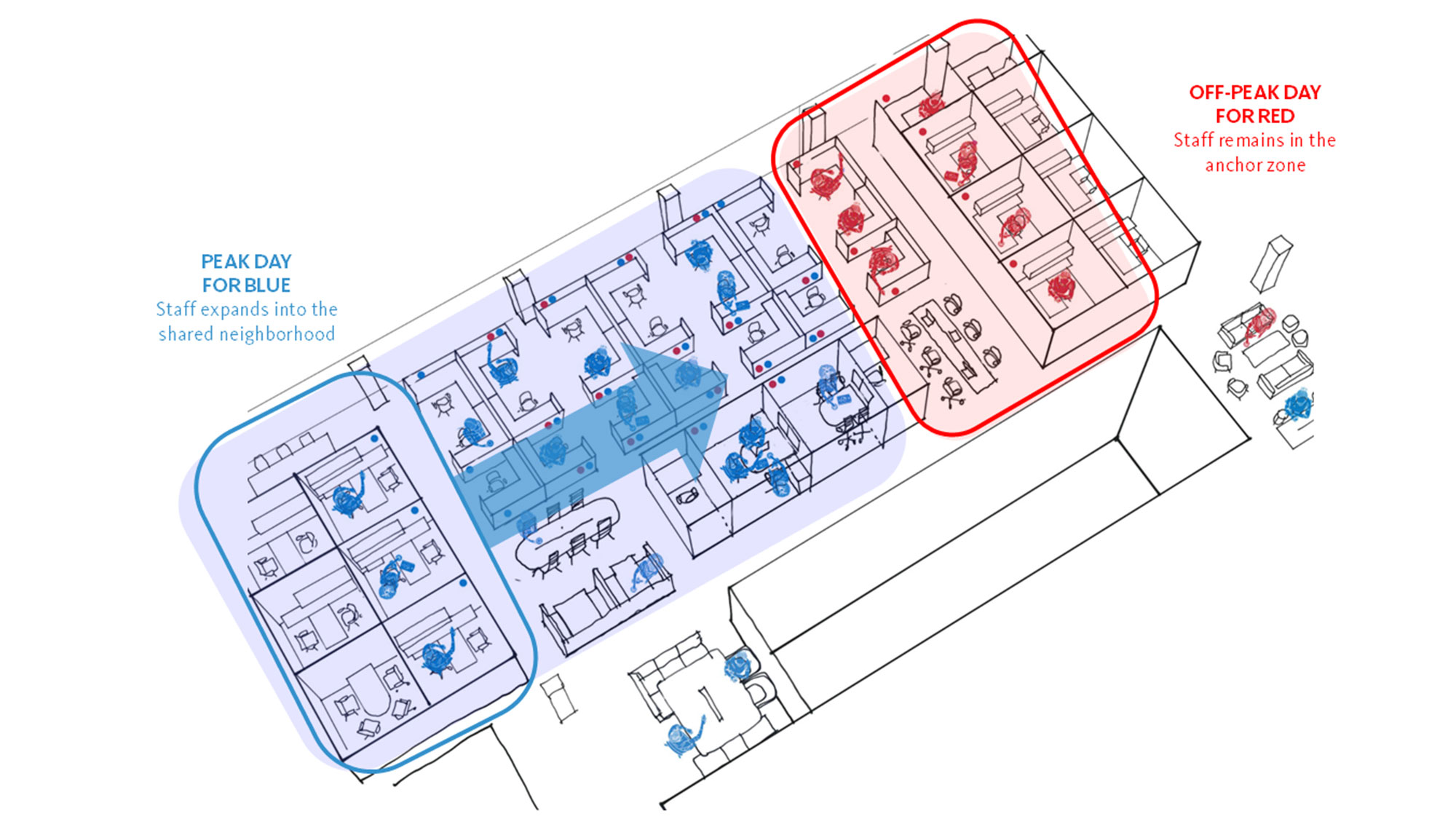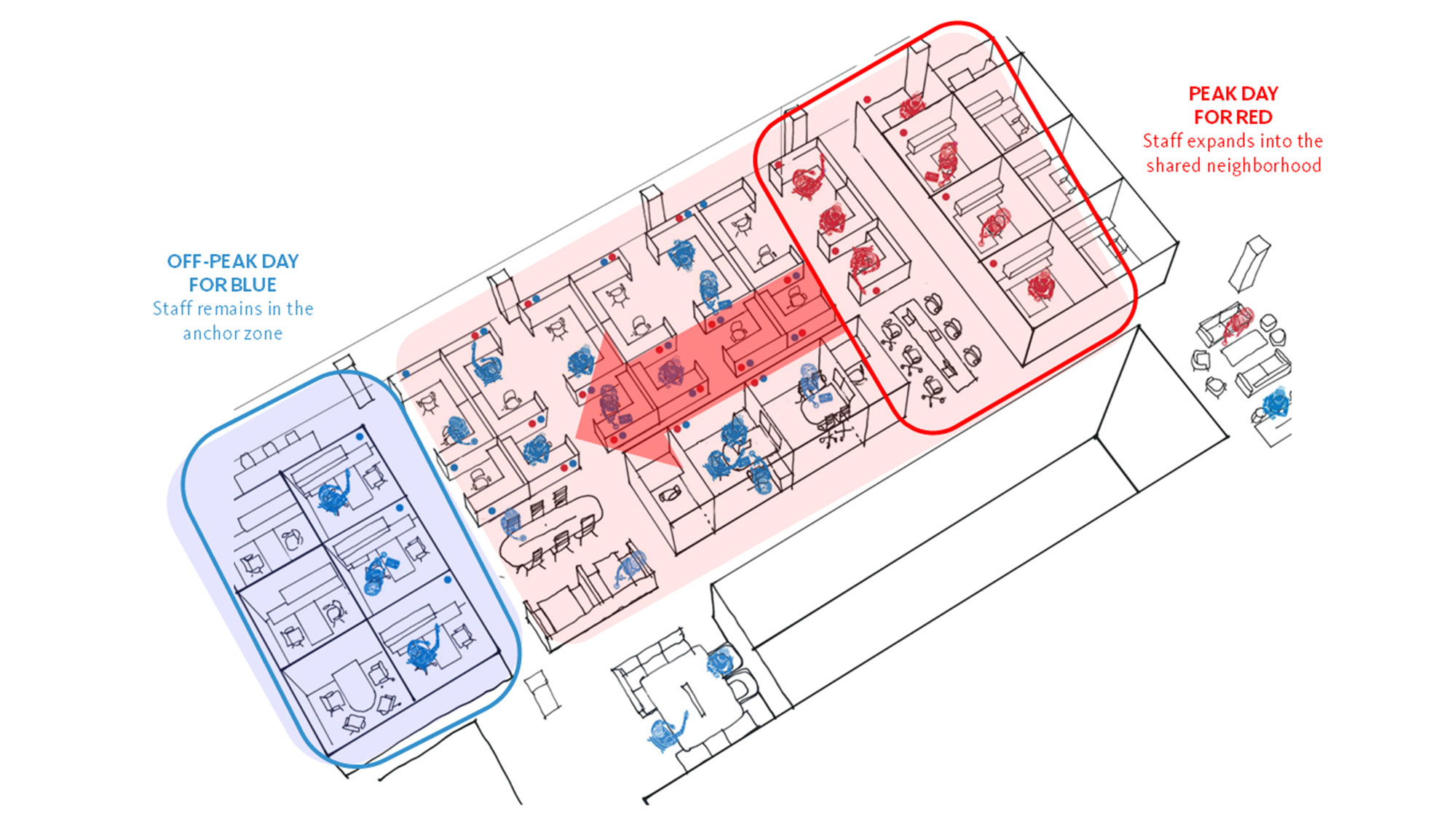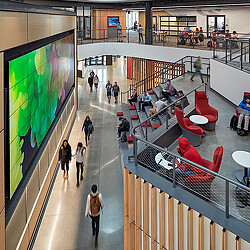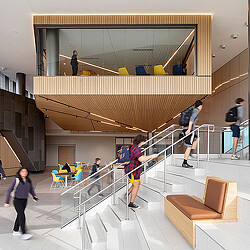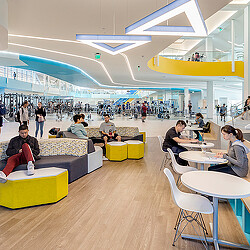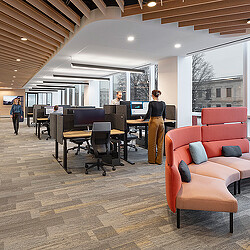Leveraging Predictive Analytics to Navigate Uncertainty in Campus Workplaces
Predictive analytics is rewriting traditional campus planning rules, allowing institutions to design spaces that expand and contract with actual demand patterns.
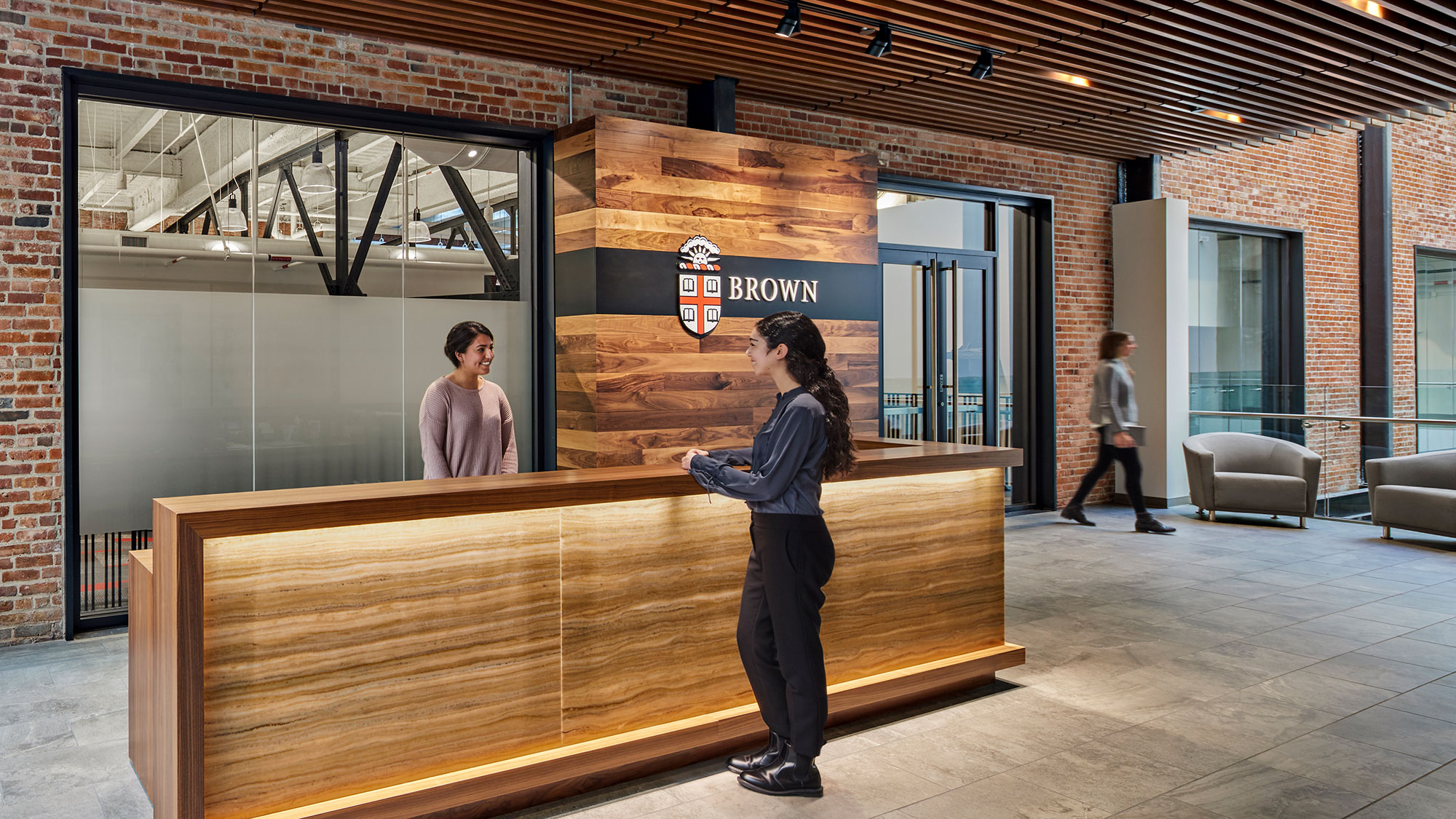
Universities face a critical space equation: how do you design for departments that need 40 workstations one month and 15 the next? How do you serve teams that experience 250% enrollment-period spikes without wasteful over-capacity during quiet times? Traditional campus planning, designed for a more predictable era, forces an impossible choice: either chronically under-serve teams during peaks or carry massive excess capacity year-round.
Predictive analytics is rewriting these rules, enabling institutions to design spaces that expand and contract with actual demand patterns. Our university research reveals the breakthrough potential: optimized scheduling reduces space requirements by 25-35% for populations of 600-700 employees, while maintaining operational effectiveness.
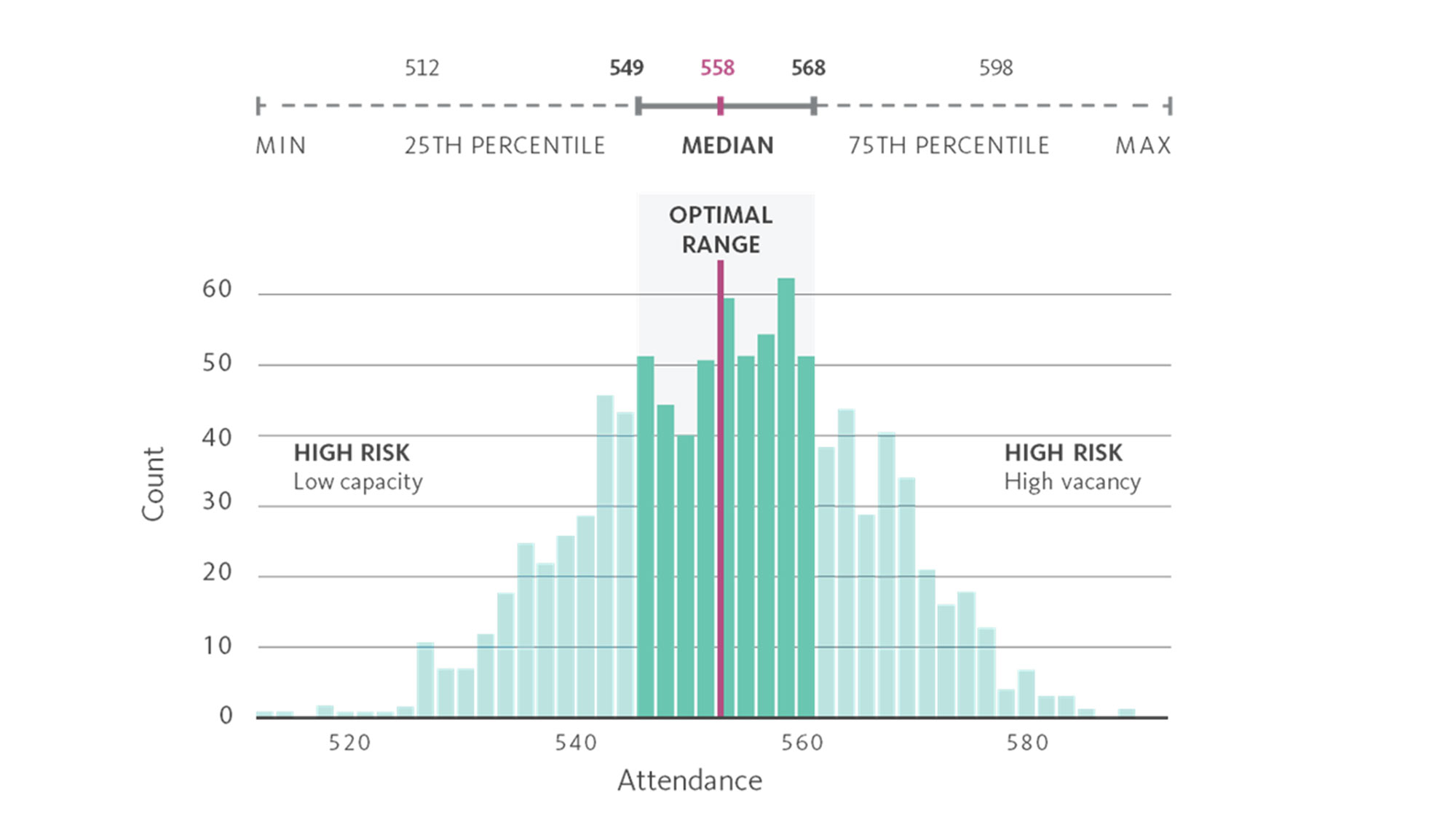
The Analytics Revolution
In our latest research, which involved over 2,500 higher education participants through Gensler’s Education Engagement Index, we discovered that the most resilient institutions aren’t clinging to conventional space models. They’re designing for multiple scenarios simultaneously, with 85% of staff willing to share offices on alternating schedules and 70% interested in drop-in unassigned offices.
The game-changer is predictive analytics: specifically, scenario-based modeling that tests thousands of potential futures before making permanent real estate commitments. This approach processes multiple variables simultaneously: attendance frequency patterns, seasonal variations, departmental growth projections, and policy changes. Instead of betting everything on one predicted scenario, institutions can stress-test their space decisions against multiple possible outcomes.
This methodology gains tremendous power when combined with real-time data from occupancy sensors, environmental monitoring systems, and badge access data. These systems consistently reveal significant gaps between self-reported preferences and actual behavior patterns, feeding directly into predictive models to create feedback loops that continuously refine space allocation decisions.
Brown University’s recent consolidation project demonstrates exactly how this works in practice.
Brown University’s Data-Driven Breakthrough
When Brown University needed to consolidate 11 departments and 700 staff members into one location, traditional space planning presented costly trade-offs: accept 45% over-capacity during peak periods or 75% under-utilization during quiet times. Our predictive modeling revealed a sophisticated alternative that would fundamentally reshape campus scheduling.
Campus scheduling reveals a counterintuitive pattern. You would expect that allowing each department to choose their preferred collaboration days would maximize satisfaction and effectiveness. But our research reveals the opposite: when departments independently choose peak days, most gravitate toward Tuesday-Wednesday, creating overcrowded mid-week spaces and nearly empty buildings on Mondays and Fridays.
Brown’s solution demonstrates the power of coordinated peak scheduling. Each department maintains dedicated anchor zones for core teams but can expand into adjacent flexible areas during high-attendance periods. In practice, Advancement, Finance, and IT coordinate intensive collaboration days Monday-Wednesday, while Communications, HR, Research Administration, and Facilities align peak periods with Tuesday-Thursday.
This strategic staggering enabled a 25% space consolidation while maintaining full operational capacity. Teams get predictable access to expanded collaborative space during peak days, and the institution optimizes overall facility utilization.
When Brown University completed their consolidation, they didn’t just achieve space reduction; they created a workplace that could evolve with changing needs while strengthening collaborative culture.
Why Analytics Alone Fails: The Human Factor
Our research across 500+ workplace transformations consistently shows that predictive analytics works most effectively when it complements rather than replaces human insight. The most successful space transformations emerge from the intersection of data insights and a deep understanding of organizational culture.
At Brown, the analytics revealed the potential for coordination, but implementation success required extensive stakeholder engagement: departmental interviews to understand operational requirements, collaborative workshops to develop shared principles, and pilot programs allowing teams to experiment before making permanent commitments.
In academic environments, where shared governance traditions require genuine buy-in rather than top-down mandates, this human-centered approach proves critical. The data shows what’s possible; the collaborative process shows what’s sustainable.
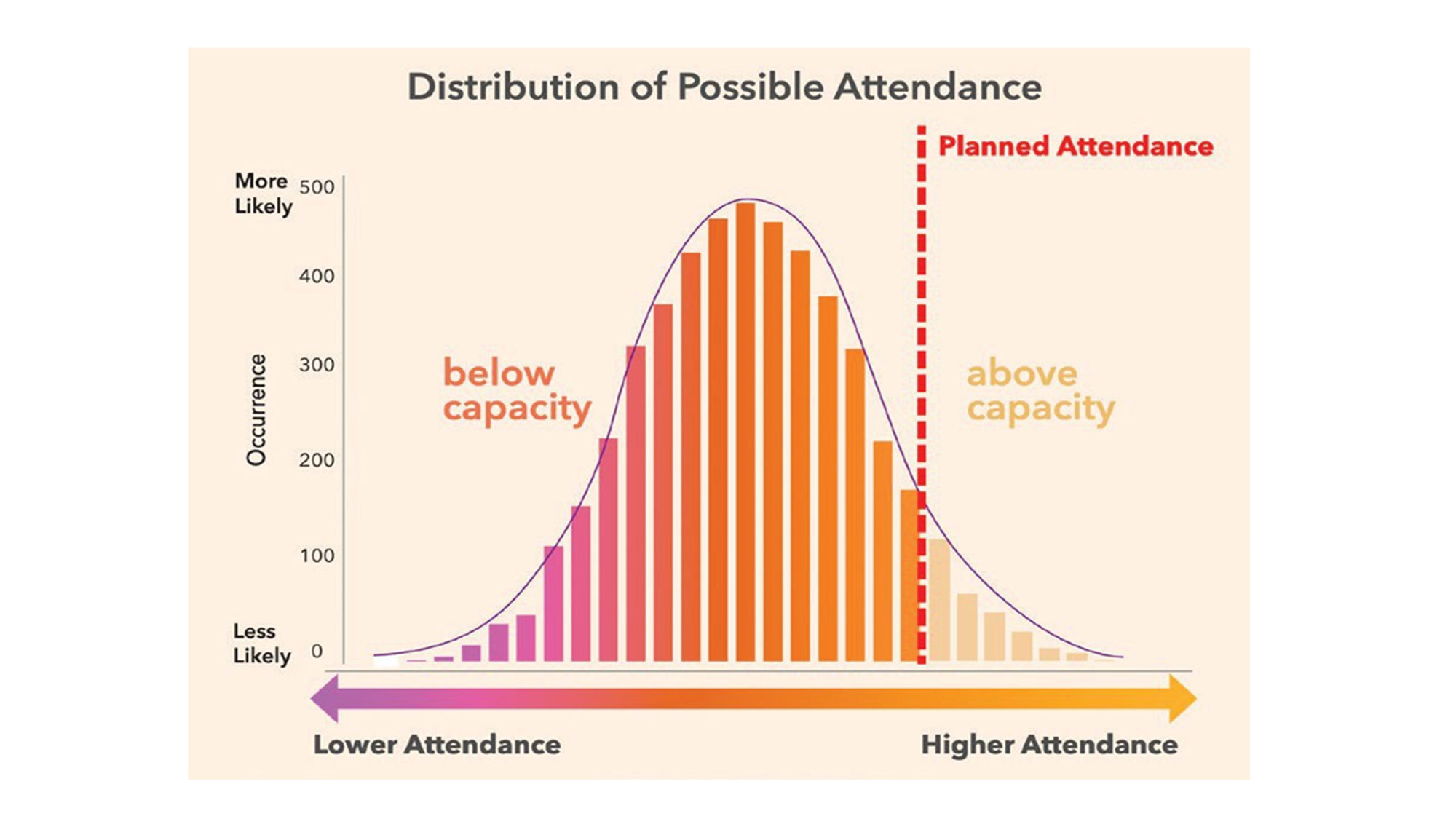
Critical Boundaries: When Coordination Doesn’t Work
But coordinated scheduling isn’t a universal solution. Recognizing these limitations is essential for implementation success.
Student-facing teams present the most significant exception. Departments like financial aid, academic advising, and career services require consistent Monday-Friday availability to build relationships and provide holistic student support. The coordinated peak model that optimizes back-office functions can actually undermine the relationship-building that drives student success.
Academic departments present additional complexity, with faculty schedules depending on teaching loads, research cycles, and sabbatical patterns that don’t align with administrative coordination efforts. Regulatory and compliance functions may require immediate access to specific resources, making coordinated absence periods problematic for maintaining institutional risk management.
This reinforces a key principle: successful space optimization requires understanding functional differences rather than applying uniform solutions across all departments.
The Competitive Advantage
Early adopters are seeing results that extend far beyond space efficiency. Our post-occupancy data shows these institutions achieve higher workplace satisfaction scores because adaptive workspaces ensure spaces remain vibrant throughout the week, creating the human density that makes coming to campus worthwhile.
By 2027, we expect 40% of major research universities will implement coordinated scheduling for administrative functions. Institutions building predictive analytics capabilities now will have decisive advantages as uncertainty continues accelerating across higher education.
The future belongs to institutions that design for adaptability, leveraging predictive analytics to create campus environments that enhance rather than constrain their mission. Universities face a clear choice: rely on conventional space planning methods or build the predictive capabilities that will define institutional success in the next decade. By pairing analytical sophistication with human-centered change management, those who adapt will transform their campuses into their greatest strategic asset.
This analysis draws from Gensler’s Education Engagement Index, longitudinal research with over 2,500 higher education participants, and case studies from campus transformation projects across North America.
For media inquiries, email .
